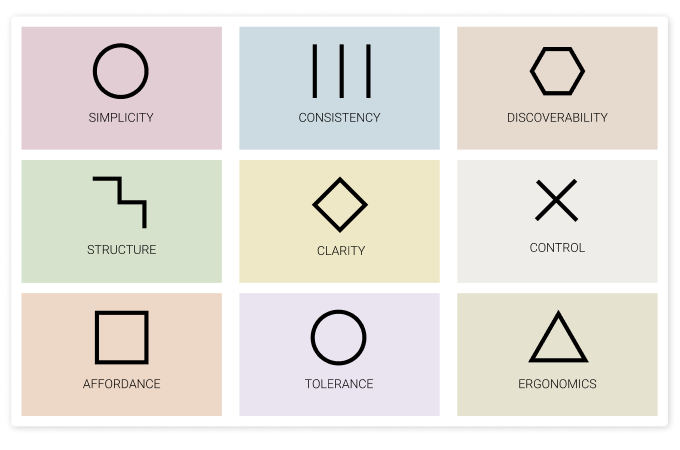
Member-only story
Jakob Nielsen’s 10 heuristics for user interface design with practical examples
One of the many challenges us UI and UX designers face before, during, and after designing or improving a feature or page, is how to know if we’re on the right path. While there are many methods to test your designs, “Jakob Nielsen’s 10 heuristics for user interface design” are one of the must-does when designing, wireframing, or evaluating a design.
As Harry Callahan says “Experience is the best teacher of all.” So we will review the applicable heuristics with real-life examples of user experience projects I have been working on in BaSalam.
1. Visibility of system status
“The system should always keep users informed about what is going on, through appropriate feedback within reasonable time.”
For instance, in a good check-out process, it’s essential for users to know the list of steps to be carried out and which step they are currently in.

Understanding a system’s current state is all about allowing users to feel and control. But bare in mind : “Too much information is distracting.” So just let users know about the key pieces of information.
2. Match between the system and the real world
“The system should speak the users’ language, with words, phrases and concepts familiar to the user, rather than system-oriented terms. Follow real-world conventions, making information appear in a natural and logical order.”
When you go shopping in a mall you put the products you are buying in a shopping cart. Since e-commerce and marketplaces are the digital forms of shopping, we need to simulate the exact real-life concepts in our design. So that’s why we use the name and icon of shopping carts or shopping baskets in the interface.

